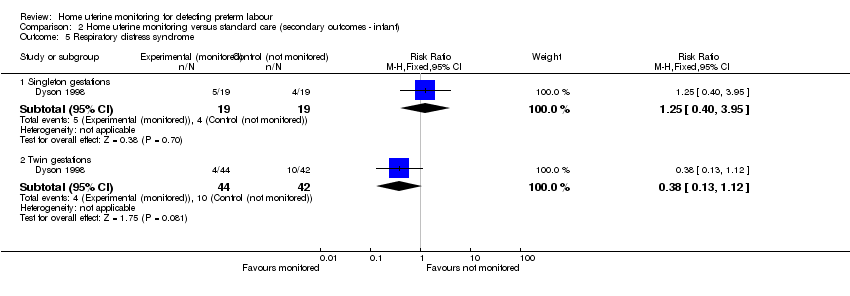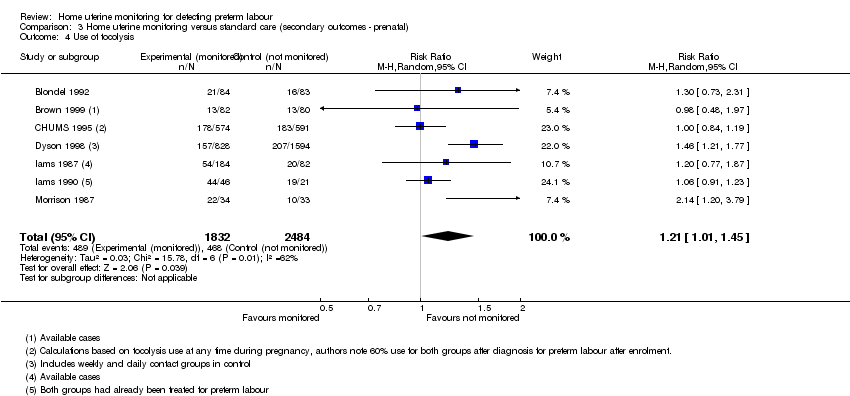Contenido relacionado
Revisiones y protocolos relacionados
Diana M Bond, Philippa Middleton, Kate M Levett, David P van der Ham, Caroline A Crowther, Sarah L Buchanan, Jonathan Morris | 3 marzo 2017
Saifon Chawanpaiboon, Malinee Laopaiboon, Pisake Lumbiganon, Ussanee S Sangkomkamhang, Therese Dowswell | 23 marzo 2014
Tina Lavender, Anna Cuthbert, Rebecca MD Smyth | 6 agosto 2018
Suthit Khunpradit, Pisake Lumbiganon, Malinee Laopaiboon | 15 junio 2011
Janesh K Gupta, Akanksha Sood, G Justus Hofmeyr, Joshua P Vogel | 25 mayo 2017
Melissa Whitworth, Siobhan Quenby, Ruth O Cockerill, Therese Dowswell | 7 septiembre 2011
Vincenzo Berghella, Gabriele Saccone | 29 julio 2019
Millicent Anim‐Somuah, Rebecca MD Smyth, Allan M Cyna, Anna Cuthbert | 21 mayo 2018
Timothy J Rafael, Vincenzo Berghella, Zarko Alfirevic | 10 septiembre 2014
Lelia Duley, Shireen Meher, Kylie E Hunter, Anna Lene Seidler, Lisa M Askie | 30 octubre 2019
Respuestas clínicas Cochrane
Jane Burch, Juliana Ester Martin | 4 agosto 2017



















